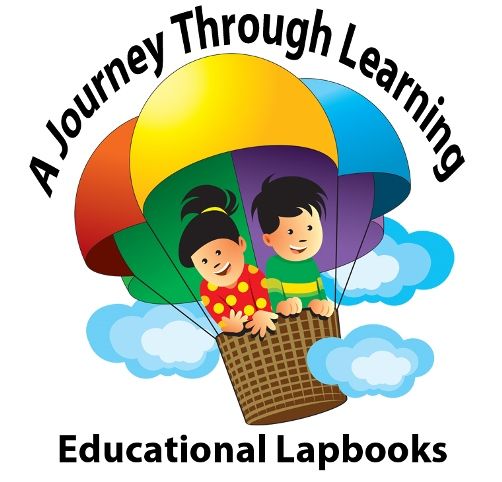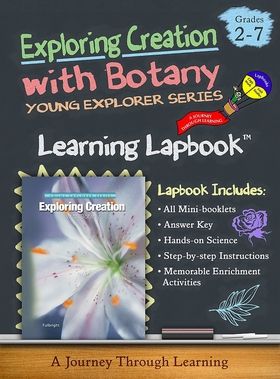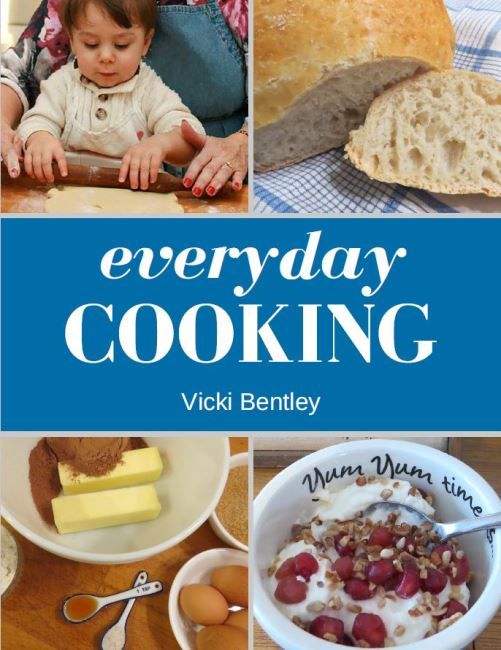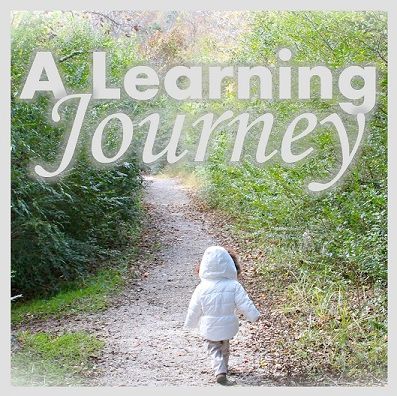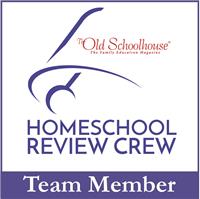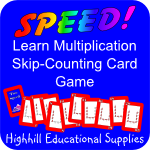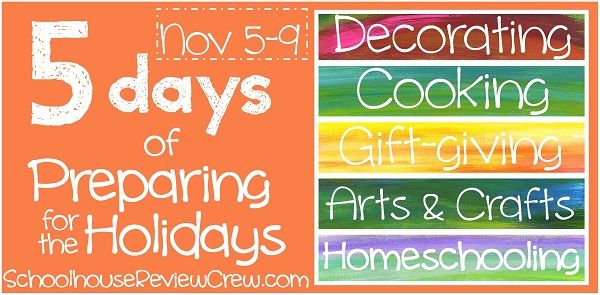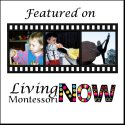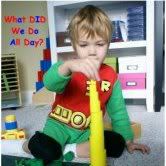Apologia Exploring Creation Lapbook Series
- Exploring Creation with Botany Lapbook
- Flying Creatures of the Fifth Day Lapbook
- Swimming Creatures of the Fifth Day Lapbook
- Land Animals of the Sixth Day Lapbook
- Exploring Creation with Astronomy (1st and 2nd Edition) Lapbook
- Exploring Creation with Human Anatomy and Physiology Lapbook
Each chapter is thoroughly covered and contains a mini-booklet emphasizing a key concept. Many concepts have been addressed so far such as the Definition of Botany, Importance of Latin in Science, Taxonomy, Vascular and Non-Vascular Plants, Seedless Vascular and Non-Vascular, Seed Homes, Angiosperms, Gymnosperms, Seeds, Plant Needs, Testas, Plant Part Functions, Germination, Flowers, Seed Making, Plant Reproduction, Parts of a Flower, Flower Families, and Carnivorous Plants. We still have many more topics to cover this year. Topics to come include but are not limited to Animal Pollination and Other Pollinators, Bees and Creationism, Flower Color and Nectar Guide, Wind Pollination, Self-Pollination, Pollinated Flower, What is a Fruit, Seed and Animal Dispersal, Types of Fruit, and more. As you can see the lapbook is thorough. I was worried that the vocabulary would be too advanced for my daughter. However, I was wrong she caught on quickly and easily understood the concepts.
 |
| Gluing in Lapbook Pieces |
The lapbook file contains placement guides which indicate the location of the lapbook component in the form of an illustrated diagram for each mini-booklet in the top left corner of the page. Built-in lesson plans indicate which textbook pages must be read prior to completing the lapbook mini-book. Clear instructions for assembling your mini-books are provided at the top of the page. They also describe what the child is expected to record inside the mini-booklet. This information is noted in bold print. The lapbook also states when an activity will take more than one day to complete. The placement guide is found on the same page as the clear directions. I absolutely love that answer keys are available for the mini-booklet responses.
 |
| Lesson Plan Directions and Placement Guide |
How We Used the Botany Lapbook
I used the Exploring Creation with Botany Lapbook with my nine-year old daughter as her core summer Science curriculum. She recently started 4th grade and it was a perfect fit. I purchased the Notebooking Journal to use with the lapbook and Apologia textbook. I already owned an older version of the Exploring Creation with Botany textbook written by Jeannie Fulbright. This text is required in order to complete the comprehensive and complete lapbook component.
Before beginning, I gathered the supplies needed such as the 8 colored file folders, stapler, glue sticks, crayons and colored pencils, pencils, hole punch, brads, scissors, white paper, and ink for my Mac OS X 10.11.6 computer. Chrome was used as our preferred browser on a 2008 computer. Colored paper and plain manila folders can be substituted if desired. We preferred using white copy paper for the mini-booklets so that the colors would pop off the page better.
I printed out the lapbook components for each module lesson one at a time. You can also print as you go. Our goal was to cover one module over a two-week time period as suggested by the company. She worked for approximately 30 minutes to an hour each session. Science was scheduled 3-4 times per week. She attempted to complete 1-2 mini-books each session depending on the amount of reading required. We used the accompanying Apologia notebooking journal that corresponded with the lapbook and textbook topics so it took us a little longer to work through the modules. The completed lapbook components were stored in a hole punched manila envelope until we were ready to glue them in place.
After downloading and saving the lapbook on my computer, I printed out the lapbook cover page for Alyssa to color. She used her gel pens to color it. It was glued to the front of the lapbook.
Then, we used the Folding a Lapbook Base directions to assemble the file folders. We may store the entire lapbook in a binder later upon completion. Binder assembly directions were also provided. Duct tape, a three-hole punch, and a three-ring binder are needed.
First, Alyssa and I would read the textbook pages together. We took turns reading paragraphs. My daughter also narrated what she learned. Then, she independently completed the lapbook piece as directed in the instructions. We completed the lapbook components in sequential order following the textbook material.
A variety of mini-booklets are provided throughout the study including flap, flip, layered, shape, pocketed matching game, etc. Alyssa matched the definitions to the plant vocabulary words. Check out the photos below to see a few examples of mini-booklets included in this lapbook.
 |
| Non-Vascular Plants Mini-Book |
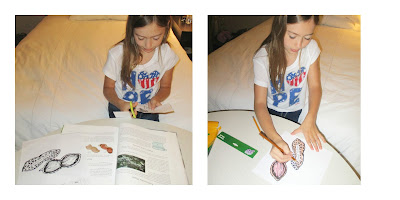 |
| Peanut-Shaped Booklet |
 |
| Inside the Seed Matching Game and Testas Mini-Book |
 |
| Inside the Seed Pocketed Matching Game |
| Flower Part Diagram Booklet |
Additional reading and website suggestions were listed for children wanting to extend their learning. Our library didn't carry many of the listed books, but you can also access the books through your Inter Library Loan System. I owned a few of the recommended books. We read several books aloud and Alyssa also read independently during her free time.
The lapbook download also contains Enrichment Pages including a Book Log, Plant Book Report Form, and two Narration Forms. Alyssa used the Book Log to track plant-related books she read independently. These books were based on topics covered in the lapbook and were considered extra, separate reading from the textbook. She wrote down the date, title, author, and genre for each book read on the Book Log. This form can be printed several times for repeated use.
I assigned a Narration Form on several occasions when indicated in the textbook. Alyssa would verbally narrate what she learned after we read the textbook pages. Then, she wrote what she learned in her own words. Two versions were available. A younger version for reluctant or beginning writers and an older version for children with strong writing skills. My daughter wrote what she learned about each specific topic read that day using the form for younger children. I chose this form, because the artist in her loves to draw matching illustrations. You can see an example below.
I wanted Alyssa to learn more about and further research particular plants during our Botany study. Alyssa chose to research information about sunflowers for her first report. After researching and jotting down notes, she completed the Plant Book Report Form.
- Useful Placement Guides
- Built-In Reading and Lapbook Lesson Plans
- Manageable Amount of Reading
- Recommended Reading List
- Thorough Coverage and Comprehensiveness of Content
- Hands-On Learning Component
- Simple Clear Directions
- Everything in One Place - No Flipping Back and Forth
- Extra Forms for Narration, Plant Book Report, and Book Logs
- Helpful Answer Keys Simplifies Checking Work
 |
| Mini-Booklet Answer Keys |
I highly recommend creating the Exploring Creation with Botany Lapbook from A Journey Through Learning Lapbooks while reading through the textbook content. I was impressed with the amount of material covered. We will continue using the lapbook with the other Science components throughout the year as her core Science curriculum.
A Journey Through Learning Lapbooks can be used in a variety of settings including in the classroom, in a Science co-op, in small groups, or by one individual. Homeschool families implementing an eclectic, unit study, delight-directed, or topical approach may find the Exploring Creation with Botany Lapbook appealing and use it successfully with their children. This lapbook adds in a hands-on component to any Botany Science curriculum therefore it may appeal to individuals who prefer a hands-on approach. I've noticed a change in Alyssa's confidence level when showing her lapbook to others. She's becoming more independent as well.
Alyssa definitely retained the material better using the lapbooking technique. The lapbook topics reinforce the lesson content. We hope to add more lapbook projects into our homeschool schedule. She was thoroughly engaged in each activity and attentive during the reading sessions. The factual content was fascinating and based on a Creationist viewpoint. The topics addressed in the lapbook encouraged her to further explore and enrich the study. The lapbook was easy-to-use. She now has a memorable keepsake which serves as a visual reminder of her Botany study that she can share with close family and friends.
We haven't finished the lapbook yet. We're finishing up Lesson 3 and will start Lesson 4 at a slower pace now that the new school year has begun. I want to go back and complete experiments and projects from the textbook and notebooking journal related to the previous lapbook lessons.We will continue our Botany studies throughout the school year. I do believe that students in 6th and 7th grade could use this lapbook as a supplement to their Botany studies, but they will most likely need more challenging modifications or additional tie-ins to make the study more relevant and age appropriate.
 |
| Mini-Books Covered in Lessons 1-3 |
 |
| Close-Up Shot |
 |
| Up Close Lesson 2-3 Missing the Carnivorous Plants Booklet |
Price
Apologia Exploring Creation with Botany Lapbook has several different purchase options including instant downloads, Cd's, or the printed version ranging from $15-$35. You can also choose whether you want black and white or full-color images. The full-color lapbook consists of vibrantly bright colors in a professional format.
Twitter @AJTL_lapbooks
Google +
Visit the Homeschool Review Crew blog to read reviews from my colleagues for various lapbooks available through A Journey Through Learning Lapbooks.


